Lyng
gamer level 3
708 xp
708 xp
followers
2
2
Use my invite URL to register (this will give me kudos)
https://boardgaming.com/register/?invited_by=lyng
profile badges
...
...
...
...
recent achievements

Observer
Follow a total of 10 other gamers.
Follow a total of 10 other gamers.

Gamer - Level 3
Earn Gamer XP to level up!
Earn Gamer XP to level up!

Follow a Local Game Store
Follow a local game store. The purpose of following is to get notifications when comments are added to the board.
Follow a local game store. The purpose of following is to get notifications when comments are added to the board.

Reporter Intern
Earn Reporter XP to level up by completing Reporter Quests!
Earn Reporter XP to level up by completing Reporter Quests!


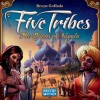


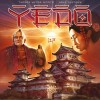






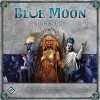
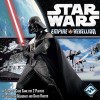



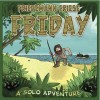







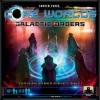

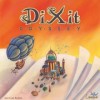


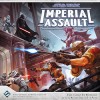
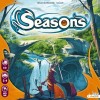



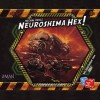
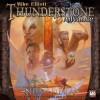


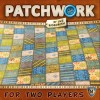
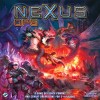


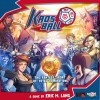
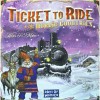





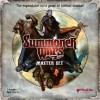


AquaSphere
Stefan Feld. ”Ah so this is a game with a million ways to score points and as much theme as there is sunny days in London”, you might say.
Well yes and no.
To me Aquasphere is a very different beast than Felds other games. Let me explain what I mean by going through the different aspects of the game.
Components:
Great quality components. The boards are nice and thick and lie down flat on the table. The different meeples are shaped differently depending on what they are, which is a nice little thematic touch, they could just be cylinders and cubes but they aren’t.
The cardstock is decent but nothing great.
A little nice detail is the fact that the black crystal are little plastic crystals. It’s a nice little detail that adds to the theme.
“Waiiit! You said theme and thematic twice now. You sure this is a Feld game???!”. Well, wait for it guys. We will get there.
Rating: 8
Artwork:
Yes this game is gorgeous. The board is filled with fantastic little details. For example the loading stations that bots go to when kicked out of a sector, has little spaces for them with cords like if they where to recharge there. The gameboard is filled with these little nice details.
Some have said they think the board looks way to busy, I disagree though. The icons and things that relate to the game-part of the artwork is larger and clearly detailed so there should be no trouble telling apart game and fluff.
The art itself is bright and colorful and the game really pops when laid out on the table.
The Iconography makes sense and it is very easy to quickly check what your possible actions are and how you get points and how many you get.
All in all the art really makes the theme come to life.
Rating: 10
Rulebook:
The rulebook is both great and bad at the same time.
How so? Well it explains the rules very elegantly and while the game might seem complex at first, the rulebook does a great job of simplifying the actions, so it is easy to digest and very concise.
It does, however, do a really bad job at selling the theme. There is hardly any fluff text. For some this is a good thing, but for me personally it is kind off sad, when the rest of the game focuses so heavily on the theme it would have been a nice way to hit it home to have the rules focus more on that aspect aswell.
Still the rulebook does what it is suppose to do: Tell the rules in the most logic and easy to grasp way possible.
Rating: 9
Gameplay (and theme):
On your turn you either: Program a bot, or sent out a programmed bot to do the action it was programmed for.
That’s it. It’s so very simple and elegant. The real depth comes with the fact that you need to plan ahead in order for you to be able to program and use your bots in the most efficient way.
You need to fight back octopods, collect crystals so you can further your knowledge of them, and collect as many knowledge points by being active in the most sectors. You spent time markers to move between the different sectors (a great thematic way to illustrate that time is limited and you cannot get to do everything before you are called back to the surface)
And this is what I love the most about this game. Time is limited and the rounds are fairly short. This is not a smorgasbord of points that pretty much lets you do whatever. No this game is very tight and at times even mean. You will be fighting against your fellow scientists in order to be the one who collects the most knowledge about these strange deep sea crystals, and reaps the most fame and glory.
To some extend this could be said about a game like Trajan too, but the main differences are: 1) Aquasphere is much tighter and 2) Aquasphere actually has a ton of theme.
From the components through the art to the mechanics this game is dripping with theme. Some might try to tell you otherwise but they are wrong. There has been put tons of thoughts into making the mechanics match with the theme, and boy does it show.
Rating: 10
Sum up:
To me this is Felds best design to date. It is so elegant and simple to play, yet has tons of depth.
And finally Feld has made a game that has theme, and this without compromising the mechanics. For some reason this game has not gotten a lot of buzz, which is sad since it is one of the best Eurogames out there.
Final Rating: 10